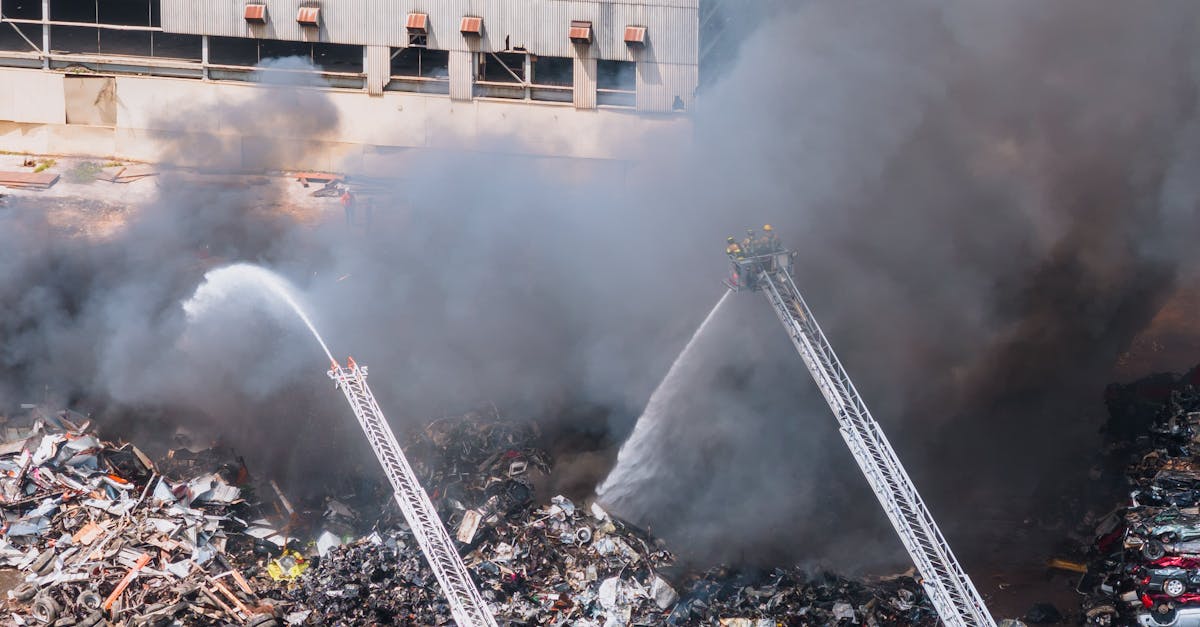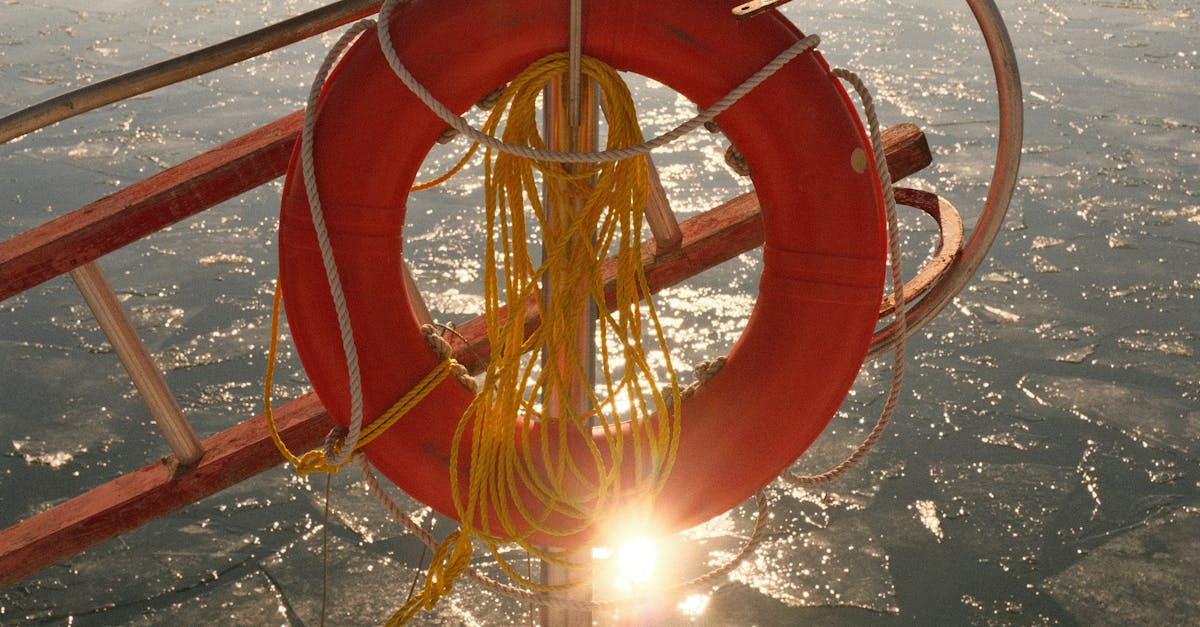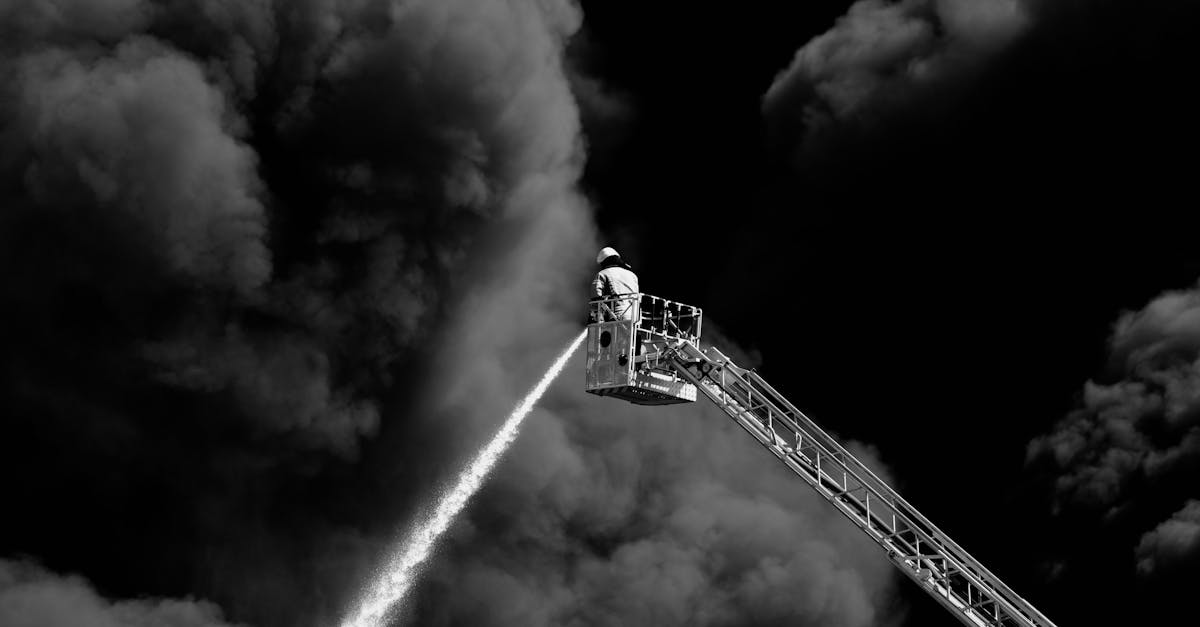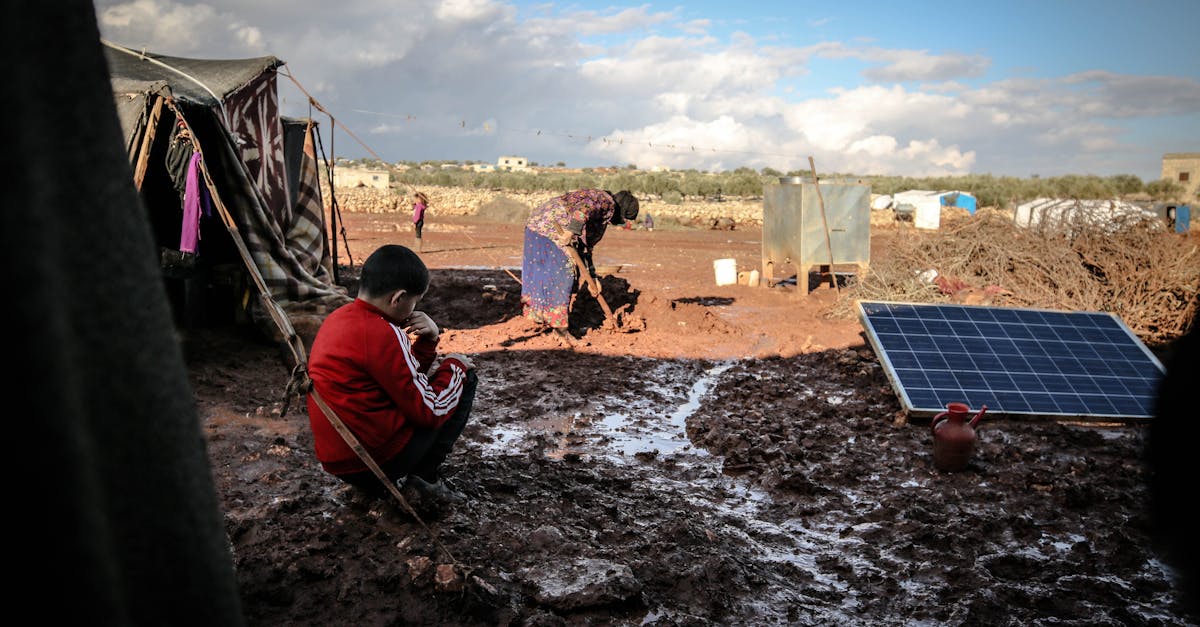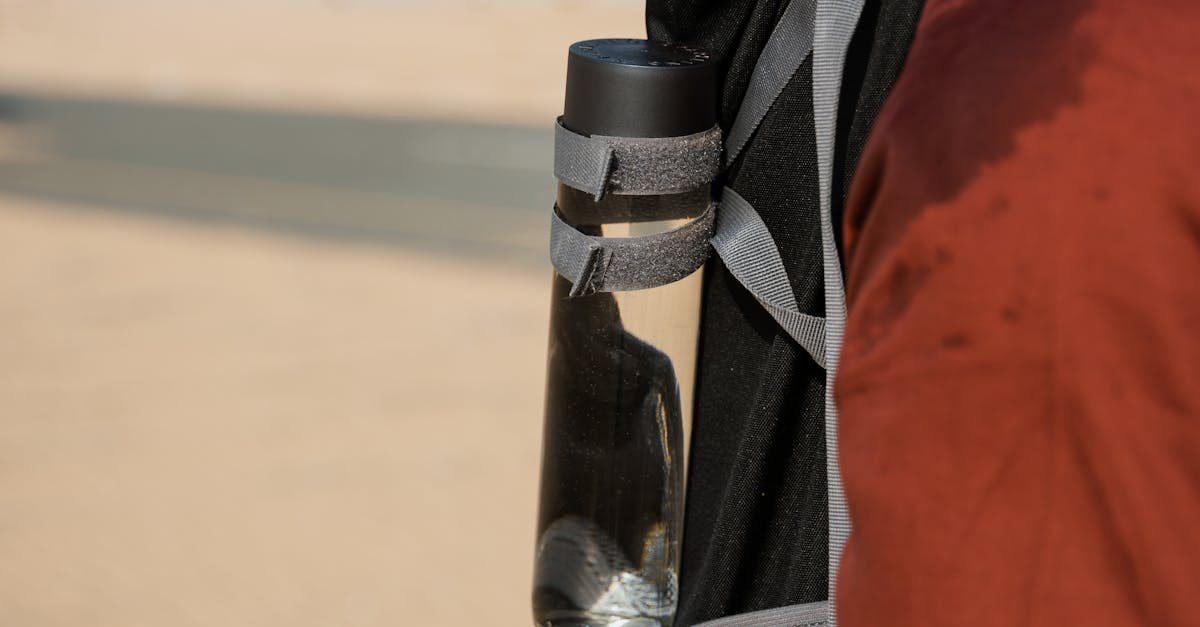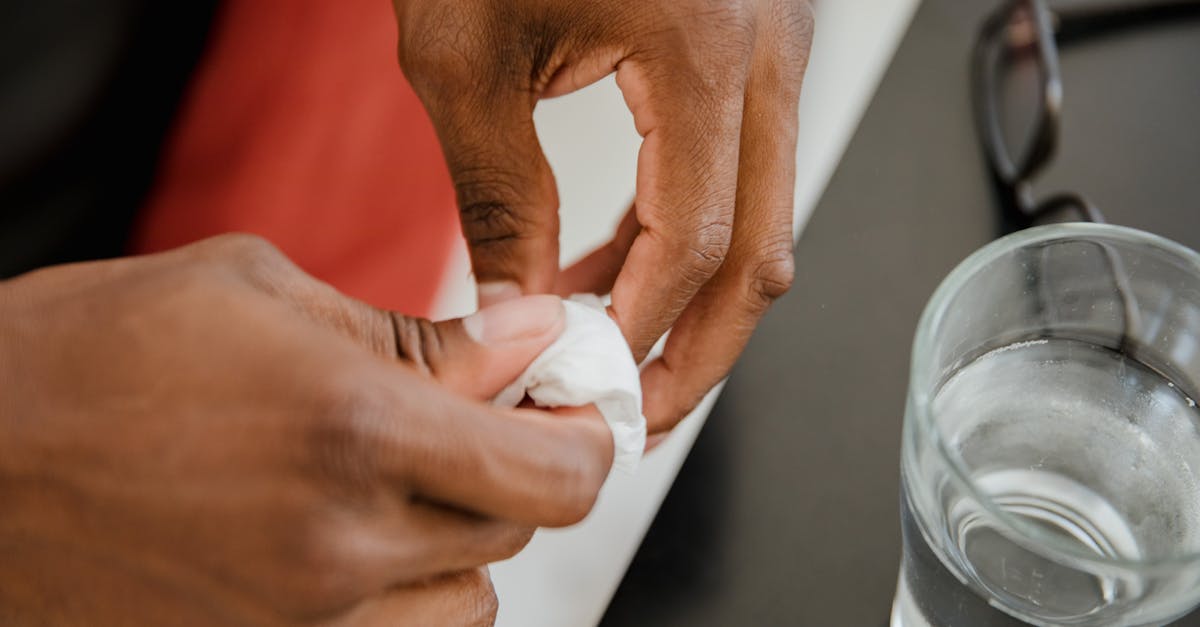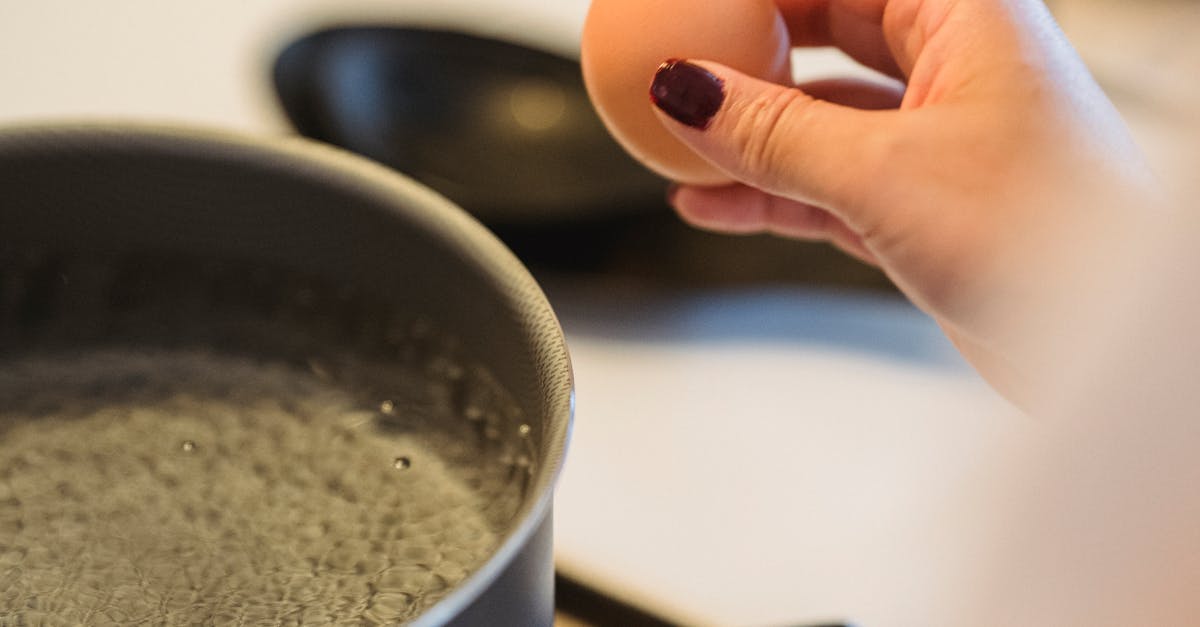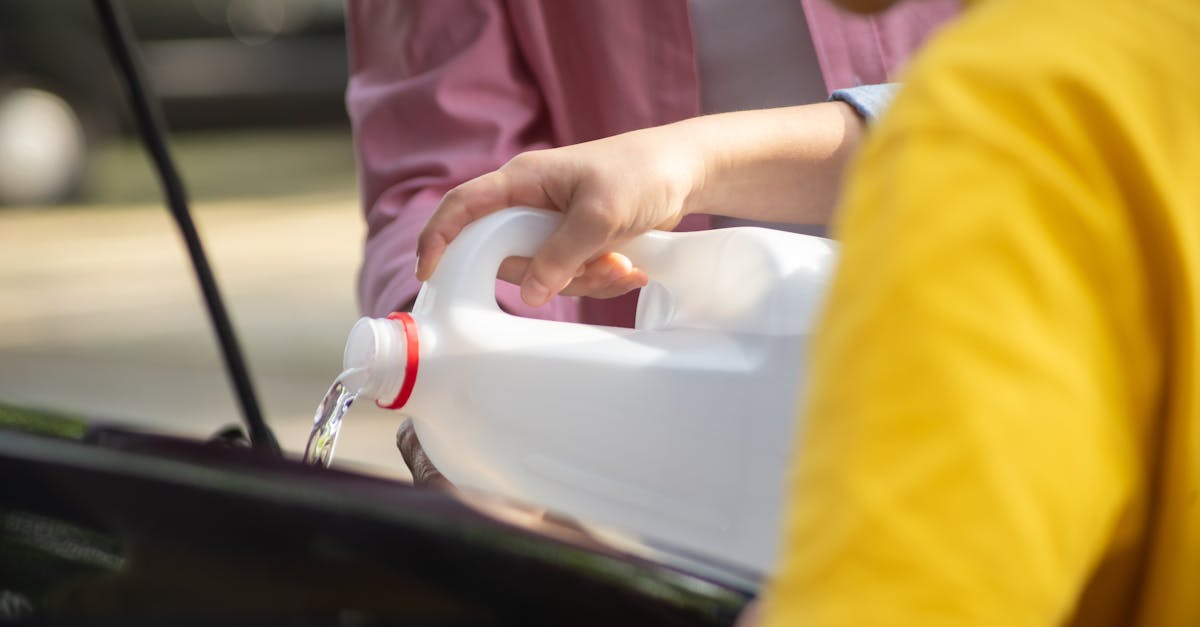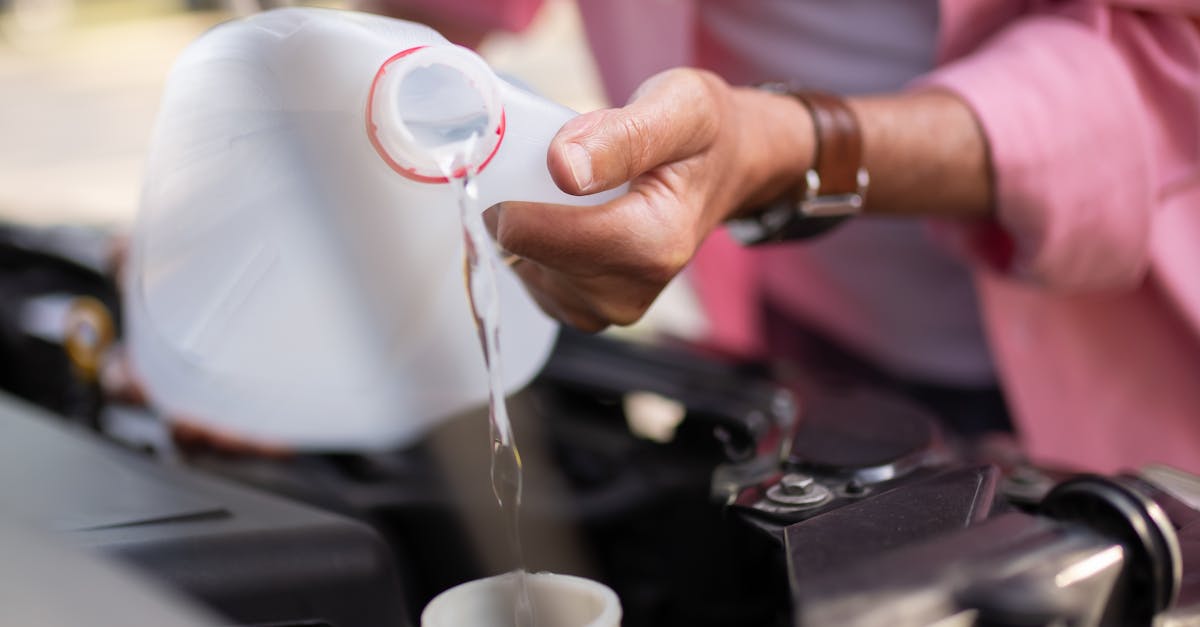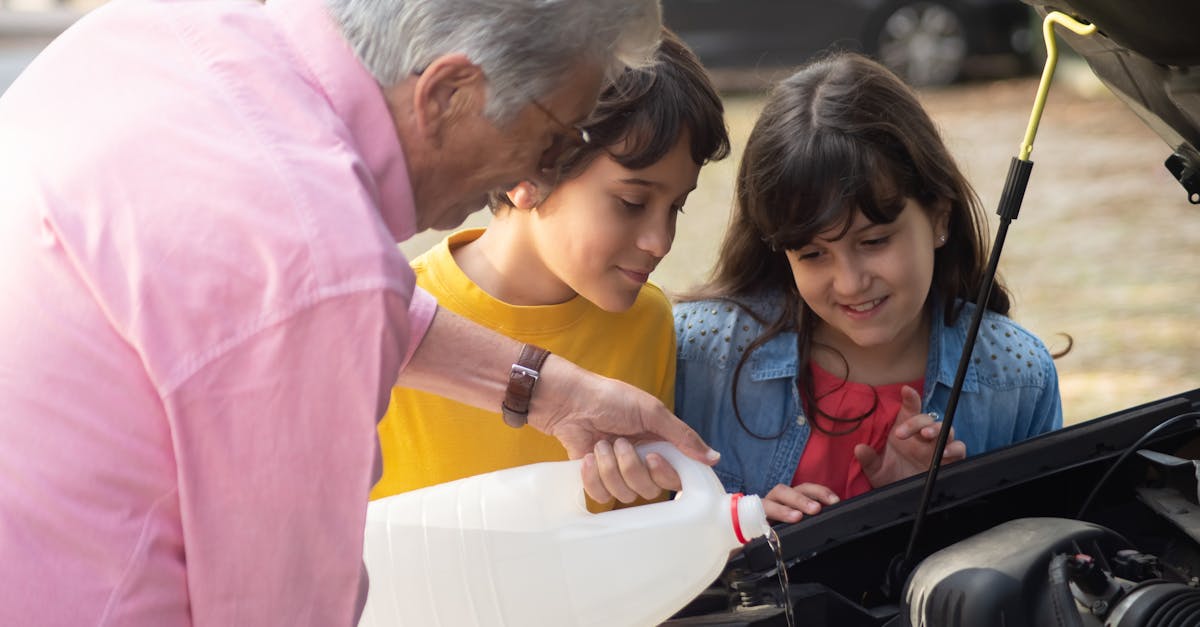
Table Of Contents
Electrical Problems in Electric Hot Water Systems
Electric hot water systems rely on a consistent and adequate power supply to function correctly. When problems arise, it often stems from electrical issues such as blown fuses, tripped circuit breakers or faulty wiring. These electrical failures can prevent the heating element from receiving the necessary voltage, resulting in lukewarm or cold water at the tap. Regular inspections and maintenance can help identify potential electrical problems before they escalate.
In cases where the power supply seems intact yet hot water remains elusive, it may indicate a malfunctioning thermostat or heating element. These components play a critical role in regulating water temperature. A qualified technician can diagnose the problem and recommend an emergency hot water repair if needed. Addressing these electrical issues promptly can restore hot water access and prevent further damage to the system.
Diagnosing Power Supply Issues
When hot water fails to reach your taps, one potential cause may lie in the power supply to your electric hot water system. Begin by inspecting the circuit breaker; it might have tripped due to a fault in the system. If the breaker appears functional, check for any blown fuses that could interrupt the power flow. A multimeter can be instrumental in measuring electrical current at the thermostat and heater, ensuring they are receiving the correct voltage. Should you find discrepancies, this situation may require an emergency hot water repair to restore your hot water supply.
Another area to examine is the wiring connected to the hot water system. Frayed or damaged wires can lead to a loss of power, preventing the unit from functioning correctly. Look for any signs of wear, corrosion, or rodents that could have chewed through the insulation. If issues persist despite checking the circuit breaker and wiring, it could indicate a deeper electrical problem that might necessitate professional assistance. An emergency hot water repair should be prioritised in these cases to prevent further damage and restore your plumbing system's efficiency.
Gas Supply Issues for Hot Water Heaters
Gas supply issues can significantly impact the performance of hot water heaters. If the gas supply is interrupted or inadequate, the unit may not heat water effectively. Reasons for gas supply problems include closed or faulty gas valves, damaged gas lines, or even interruptions due to maintenance in the area. Regular checks on these gas connections are essential, especially for systems reliant on consistent gas flow to function properly.
In any situation where gas supply issues are suspected, it is advisable to seek professional assistance. An experienced technician can assess and rectify the problem, ensuring that safety standards are upheld. Ignoring signs of gas supply issues may lead to the need for an emergency hot water repair. Addressing these issues promptly not only restores hot water access but also mitigates potential hazards associated with gas leaks or improper installations.
Checking Gas Connections and Supply
Inspecting the gas connections to your hot water heater is essential for ensuring proper functionality. Start by checking the gas line for any visible signs of damage or wear, such as leaks or cracks. Ensure that all connections are secure and that there are no loose fittings. A flexible gas hose should not show any signs of degradation. In cases where you notice an issue, it's best to contact a professional for an emergency hot water repair.
Next, confirm that the gas supply is active. Check if the gas valve supplying the hot water heater is in the open position. If the valve is closed, opening it may restore your hot water supply. If it's already open and you still have no hot water, there could be a larger issue with the overall gas supply to your home. In this situation, seeking assistance from a licensed plumber or technician experienced in emergency hot water repair is advisable.
Temperature Pressure Relief Valve Issues
The temperature pressure relief valve (TPR valve) plays a crucial role in ensuring the safe operation of hot water systems. Its primary function is to release excess pressure and temperature that may build up within the tank, preventing potential explosions or damage. If this valve is not functioning correctly, it may either allow water to escape continually or fail to open when pressure levels become unsafe. In either case, it can lead to issues with hot water delivery, necessitating emergency hot water repair to fix or replace the valve.
Understanding the signs of TPR valve problems is essential for maintaining the efficiency and safety of your hot water system. If you notice water pooling around the base of the heater or hear a hissing sound, these could indicate that the valve is malfunctioning. Regular inspections can help identify potential issues early, helping to avoid more severe complications. If in doubt, consulting a professional for an assessment and timely emergency hot water repair can prevent further damage and ensure reliable access to hot water.
Understanding the Role of This Safety Valve
The temperature pressure relief valve serves a crucial role in maintaining the safety and efficiency of hot water systems. It is designed to release excess pressure and prevent overheating, which can cause serious damage or even explosions. If the water heater’s temperature or pressure exceeds its safe limits, the valve opens automatically to discharge hot water, thereby protecting the unit and the surrounding area. Regular checks of this valve are essential to ensure it's functioning correctly, as a malfunction can lead to system failure.
When issues arise with the temperature pressure relief valve, it can lead to insufficient hot water supply or complete system failure. Homeowners may notice leaks or abnormal noises, signalling that maintenance is required. In more severe cases, a faulty valve might necessitate an emergency hot water repair to avert further complications. Addressing any concerns about the valve promptly ensures that hot water systems operate safely and efficiently for ongoing daily use.
FAQS
What are common reasons why hot water might not be coming out of my tap?
Common reasons include electrical problems in electric hot water systems, issues with the gas supply for gas heaters, and malfunctioning temperature pressure relief valves.
How can I check if my electric hot water system is receiving power?
You can check the circuit breaker to ensure it hasn’t tripped, inspect the power supply to the unit, and verify that the thermostat settings are correct.
What should I do if I suspect a gas supply issue with my hot water heater?
Check that the gas supply is turned on, inspect the gas connections for leaks or blockages, and make sure the pilot light is lit if applicable.
What is the function of the temperature pressure relief valve?
The temperature pressure relief valve is a safety device that prevents excessive pressure and temperature build-up in the hot water system, and if it’s malfunctioning, it can affect water output.
How can I tell if the temperature pressure relief valve is faulty?
Signs of a faulty valve include leaks around the valve, unusual noise from the tank, or a lack of hot water coming from your taps. If you suspect a problem, it's best to consult a professional plumber.


